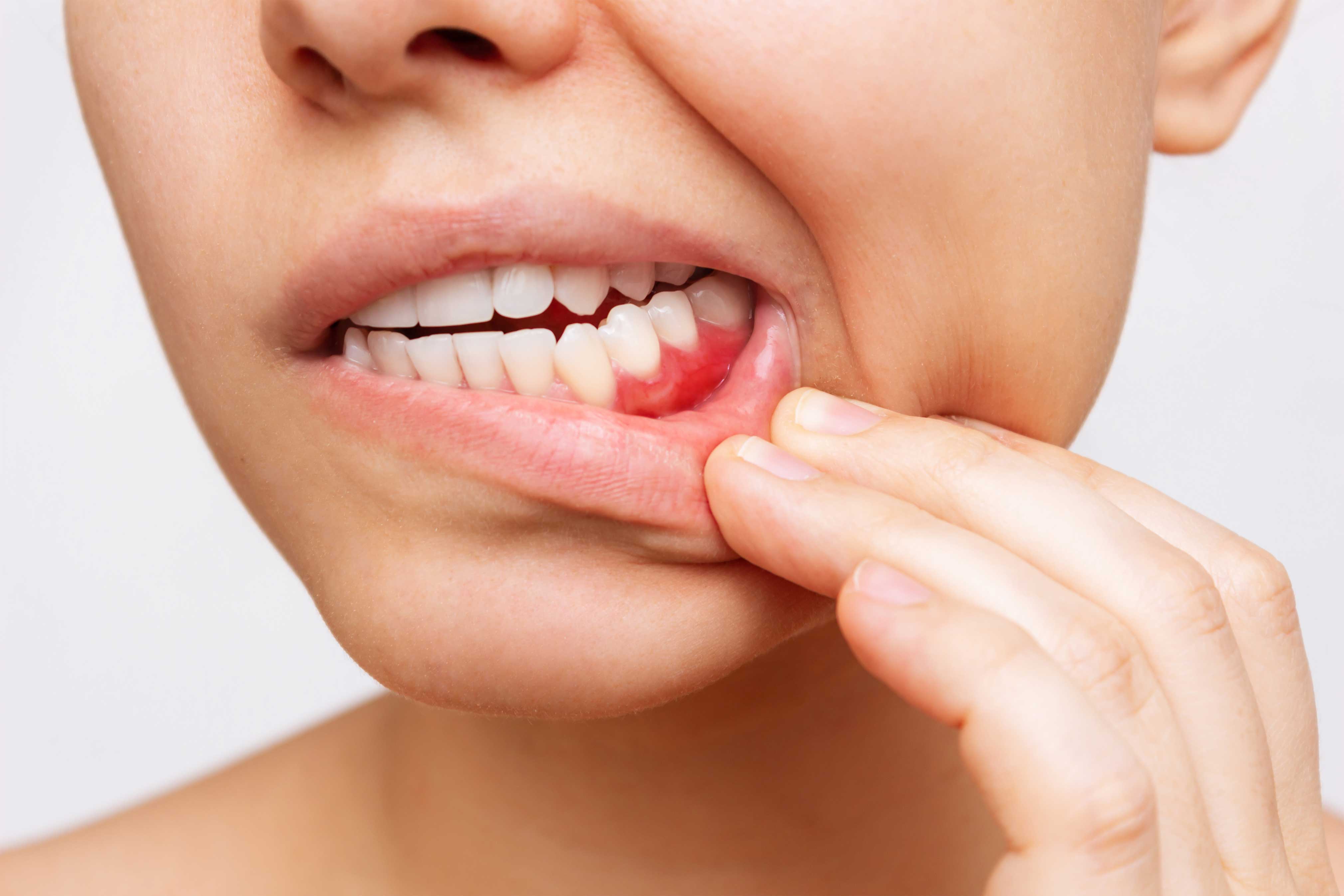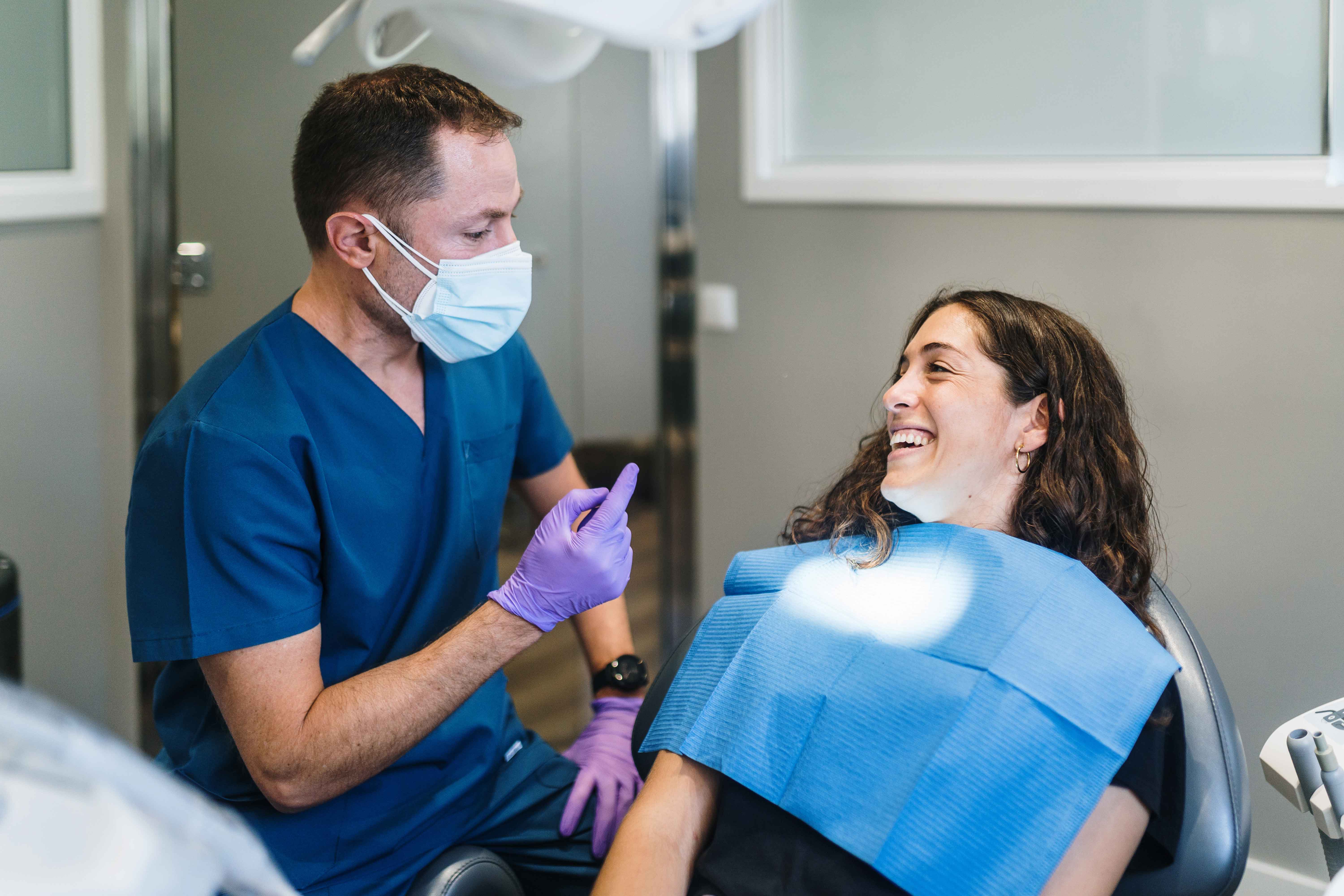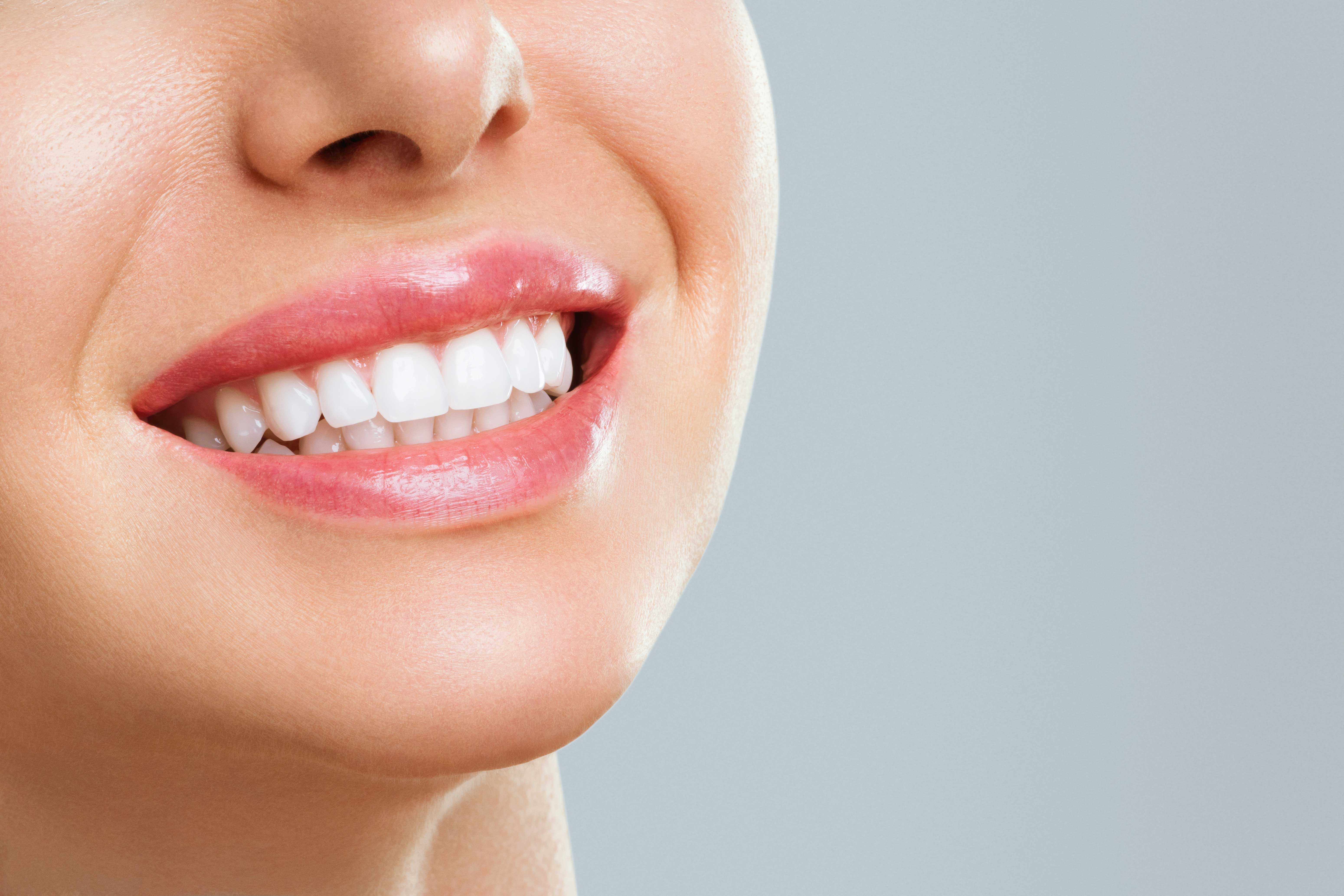What Do Healthy Gums Look Like?

Summary
In this article, we’ll explore what healthy gums look like and why they’re important. We’ll also share tips for maintaining your gum health. Now that’s something to smile about!
Key Takeaways
- Takeaway #1: Gums should appear pink and firm and should not bleed when brushed or flossed. Healthy gums are crucial to your oral health and can help prevent gum disease, tooth loss, and other health issues.
- Takeaway #2: If your gums are unhealthy, they’ll appear red and swollen. They may also bleed when you brush or floss. These are signs of gum disease, which can result in irreversible tooth and bone loss. Luckily, if the gum problem is mild, it can be reversed with diligent care.
- Takeaway #3: The key to maintaining healthy gums is brushing twice a day, flossing, and being extra mindful of your oral health. Lifestyle factors also play a role in healthy gums, including eating a healthy diet and avoiding smoking and stress.
Table of Contents

This blog has been reviewed and approved by Dr Robert Lee, a dental professional of 35 years
LEARN MORE >Key Takeaways
Why Is It Important to Take Care of Your Gums?
Gums, also called gingiva, are the soft, fleshy tissue in your upper and lower jaw that surround your teeth to keep them in place.
It’s important to take care of this tissue to help prevent gum diseases, such as gingivitis or periodontitis. Failing to do so can result in tooth or bone loss as well as other health problems.
Healthy Gums vs. Unhealthy Gums
The good news? It’s pretty easy to tell the difference between healthy and unhealthy gums. Let’s take a look.
Signs of Healthy Gums
Healthy gums should be pink and firm and should not appear swollen. Some people may have naturally more pigmented gums, meaning they’re a little darker, but this is still considered healthy.
There should also be no gaps between your gums and teeth, and they should not bleed when you brush or floss.
Signs of Unhealthy Gums

Unhealthy gums may show signs of gum disease. You may have redness and swelling accompanied by bleeding when you brush or floss your teeth.
Keep a close eye on your gum health and reach out to a dentist if you notice any of these symptoms. Mild gum disease can be reversed with diligent oral care, but more severe gum disease damages — such as periodontitis — can’t, so it’s important to take care of gum issues right away.
Maintaining Healthy Gums
There are several things you can do to keep your gums healthy, starting with excellent dental hygiene. Here are a few of the basics.
Brush Your Teeth Twice a Day
First of all, if you want healthy gums, get in the habit of brushing your teeth at least twice a day.
Put a pea-sized dollop of stannous fluoride toothpaste on your soft-bristled toothbrush both morning and night. Brushing should take approximately two minutes.
Use the Correct Brushing Technique
Angling your toothbrush up toward your gums at 45 degrees, brush on and around each tooth to dislodge and remove any food, plaque, and bacteria from your mouth. Be sure to brush the front, back, and chewing surface of each tooth with short strokes.
Keep in mind that brushing too hard can affect your gums as well as your tooth enamel, so be gentle when brushing.
Replace Your Toothbrush Every Three Months
Once you get the hang of the right brushing technique, don’t forget to keep your tools in top shape for the best clean.
As soon as the bristles of your toothbrush look frayed, it’s time to replace it. Generally, you’ll be replacing your toothbrush every three months. If you have an electric model, just change the head of the brush.
Floss Daily

Next up is flossing. When you’re exhausted in the evening, it can be tempting to skip this step. However, your toothbrush alone may not sufficiently clean between your teeth. Interdental cleaning is essential in your daily oral care routine.
As with brushing, technique matters when you floss. Tear about 18 inches of floss from the container and wrap the ends around your middle fingers.
Holding the floss tightly, use your thumbs and forefingers to slide it between your teeth, making a “C” with the floss so it hugs the side of each tooth. Rub the floss up and down to remove any food particles and bacteria.Try Other Dental Tools
If your gums need a little extra attention, consider incorporating these additional dental tools into your daily oral care routine.
Water Flosser
A water flosser uses a targeted jet of water to clean between the teeth and massage the gums.
Mouthwash
An additional step you might want to add to your daily routine is swishing an oral rinse. Mouthwash can reduce plaque, help prevent tooth decay and gum disease, and get rid of bad breath.
Go to the Dentist Regularly

Visiting your dentist regularly is an essential part of maintaining healthy gums. Your dentist will not only give your teeth a deep clean but can also identify issues with your gums — such as mild gum disease — while these issues can still be reversed.
If you have healthy teeth, a visit every six months is sufficient. However, if your dentist sees any areas of concern, they may suggest you go more frequently.
Eat Well
As for a gum-healthy diet, be sure to include leafy greens, fruits and vegetables, and Omega-3s from fatty fish, probiotic-rich foods, and green tea. Avoid sugary foods and beverages and processed carbohydrates.
If you do indulge in a treat, try rinsing your mouth out afterwards or just give your teeth a quick brush.
Do Not Smoke
If you are a smoker, it’s time to quit. Smoking makes you more susceptible to gum disease and tooth loss, as nicotine constricts blood vessels and reduces the nutrient and oxygen supply to your gums.
Reduce Stress
Chronic stress can result in inflammation and make it harder for your body to fight off bacteria. There are plenty of things you can try to reduce your stress, including:
- Mindful meditation
- Daily exercise
- Yoga
- Keeping a regular sleep schedule
Smile by Oral-B

Now that you know what healthy gums look like and why they’re important, you can turn your attention toward maintaining your gum health.
The Oral-B iO Electric Toothbrush Series is the perfect addition to your dental routine and gets rid of 100% more plaque than manual toothbrushes. With iO Magnetic technology and dentist-inspired round brush heads, these toothbrushes leave you with a professional clean feeling every time!.
FAQs
-
Can unhealthy gums get better?
-
What does gingivitis look like?
-
How can I get rid of gingivitis?
Table of Contents
- Why Is It Important to Take Care of Your Gums?
- Healthy Gums vs. Unhealthy Gums
- Maintaining Healthy Gums
-
- FAQs
- Sources

This blog has been reviewed and approved by Dr Robert Lee, a dental professional of 35 years
LEARN MORE >
Sign Up
for gum care tips, expert advice, and exclusive offers.

Sign Up
for gum care tips, expert advice, and exclusive offers.


